Choqa Zanbil Ziggurat: An Ancient Wonder of the World
The Choqa Zanbil Ziggurat is an ancient structure located in Khuzestan Province, Iran.
It was built by the Elamite civilization around 1250 BC and is considered one of the most significant historical sites in the country. The ziggurat was added to the UNESCO World Heritage List in 1979, and it is recognized as an important cultural and historical landmark.
Choqa Zanbil, An Ancient Elamite Complex
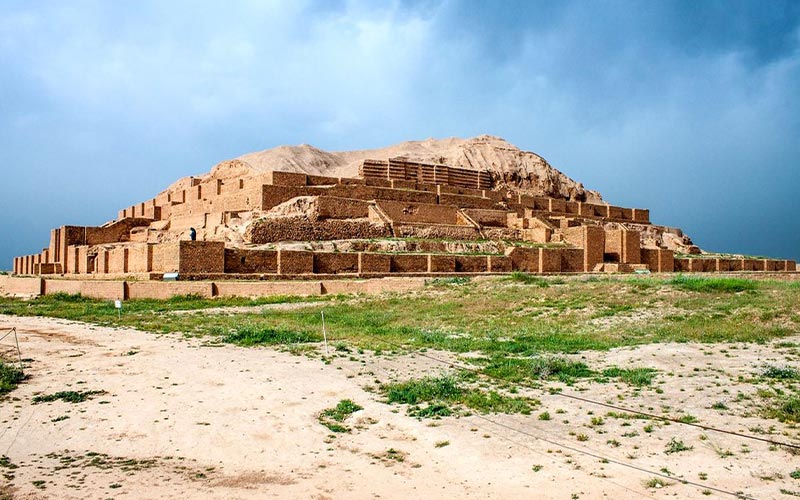
The importance of the Choqa Zanbil Ziggurat in ancient history cannot be overstated. It is believed to have been a religious center for the Elamites, who were one of the earliest civilizations in the Middle East. The ziggurat played a crucial role in their religious practices and was a symbol of their power and influence.
The purpose of this blog post is to provide readers with a comprehensive overview of the Choqa Zanbil Ziggurat in Iran, including its history, architecture, and significance. We will also provide information for those interested in visiting the ziggurat and experiencing this remarkable piece of ancient history firsthand.
| Discover: Iran's Ziggurats | Unveiling the Secrets of the Past
Choqa Zanbil Meaning
The Choqa Zanbil Ziggurat is a magnificent ancient structure located in southwestern Iran, in what was once the heart of the Elamite civilization. "Choqa Zanbil" means "basket mound" in Persian, referring to the shape of the structure which resembles an upturned basket.
History of the Choqa Zanbil Ziggurat

The Elamite civilization was one of the earliest in the Middle East, existing from around 2700 BC to 539 BC. The Elamites were centered in what is now southwestern Iran, and they had a rich cultural heritage that included art, literature, and architecture. They were also known for their metalworking and irrigation systems.
The Choqa Zanbil Ziggurat was built by the Elamites around 1250 BC, during the reign of King Untash-Napirisha. The ziggurat was constructed using mud bricks and is estimated to have been around 50 meters tall when it was first built. The structure was surrounded by a wall and was located near a temple complex.
The Choqa Zanbil Ziggurat served as a religious center for the Elamites. It was dedicated to the Elamite gods Inshushinak and Napirisha, and it was believed to be the home of these deities. The ziggurat was also a symbol of the Elamites' power and influence, and it played an important role in their political and economic systems.
The Choqa Zanbil Ziggurat was destroyed in the 7th century BC by the Assyrian king Ashurbanipal. The ruins of the ziggurat remained hidden for centuries until they were rediscovered in 1935 by a team of French archaeologists led by Jean de Morgan. The site was excavated and restored in the following decades, and it is now a popular tourist destination and an important cultural landmark.
The Choqa Zanbil Ziggurat Architecture
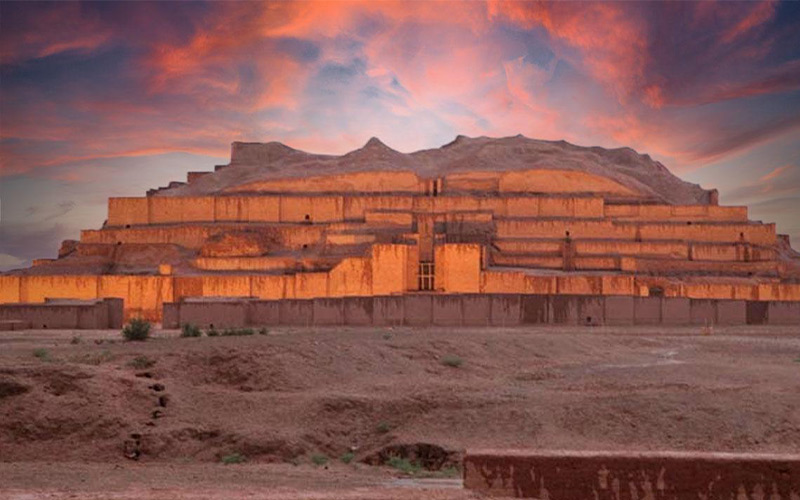
The Choqa Zanbil Ziggurat is a massive stepped pyramid structure that measures around 105 meters by 105 meters at its base. It originally stood around 50 meters tall, with four levels or terraces, each of which was adorned with a temple. The ziggurat is square in shape and features a central stairway that leads to the top.
The Choqa Zanbil Ziggurat was constructed using mud bricks made from local clay. The bricks were baked in ovens and then used to build the ziggurat's walls and terraces. The exterior of the ziggurat was decorated with glazed bricks and colorful tiles, many of which are still visible today.
The Choqa Zanbil Ziggurat features a central staircase that leads to the top of the structure. The staircase is flanked by two smaller staircases that lead to the ziggurat's various levels. Each level of the ziggurat was home to a temple, which was accessed by a series of rooms and corridors. The interior of the ziggurat was also decorated with colorful tiles and glazed bricks.
The Choqa Zanbil Ziggurat is one of the few surviving ziggurats in the world, and it is unique in many ways. Unlike the ziggurats of Mesopotamia, which were constructed from sun-dried bricks, the Choqa Zanbil Ziggurat was built using baked mud bricks. Additionally, the Elamites used a different architectural style than their Mesopotamian counterparts, with more ornate decorations and intricate designs. Despite these differences, the Choqa Zanbil Ziggurat is an impressive example of ancient architecture and a testament to the ingenuity and skill of the Elamite civilization.
Significance of the Choqa Zanbil Ziggurat
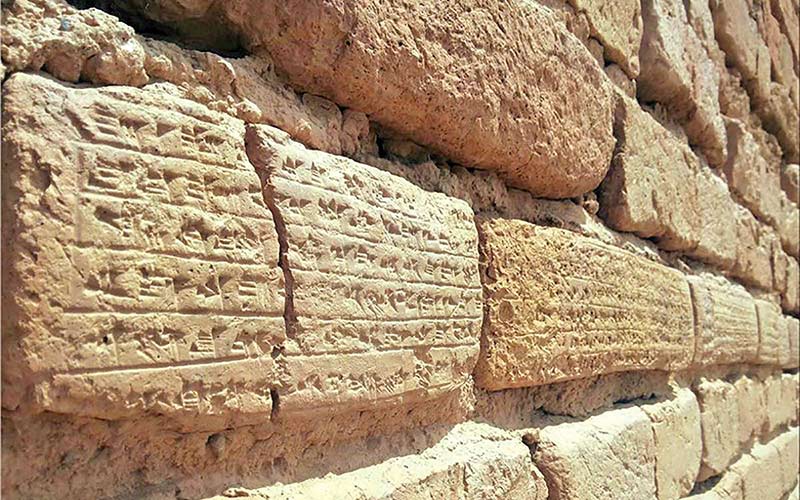
The Choqa Zanbil Ziggurat was a central religious and cultural site for the Elamites. It was believed to be the home of their gods Inshushinak and Napirisha, and it played a significant role in Elamite religious practices. The ziggurat also served as a symbol of the Elamites' power and prestige, and it was a source of pride for the civilization.
The Choqa Zanbil Ziggurat played an important role in the political and economic systems of the Elamite civilization. It was a symbol of the Elamites' power and influence, and it helped to legitimize their rule over the surrounding region. The ziggurat also served as a center of trade and commerce, as people from all over the region came to worship and make offerings at the temple complex.
Today, the Choqa Zanbil Ziggurat is an important archaeological site and a popular tourist attraction. It is recognized as a UNESCO World Heritage Site and is considered one of the most important examples of ancient architecture in the Middle East. The ziggurat has also played a significant role in shaping our understanding of the Elamite civilization and its contributions to the history of the region.
Visiting the Choqa Zanbil Ziggurat
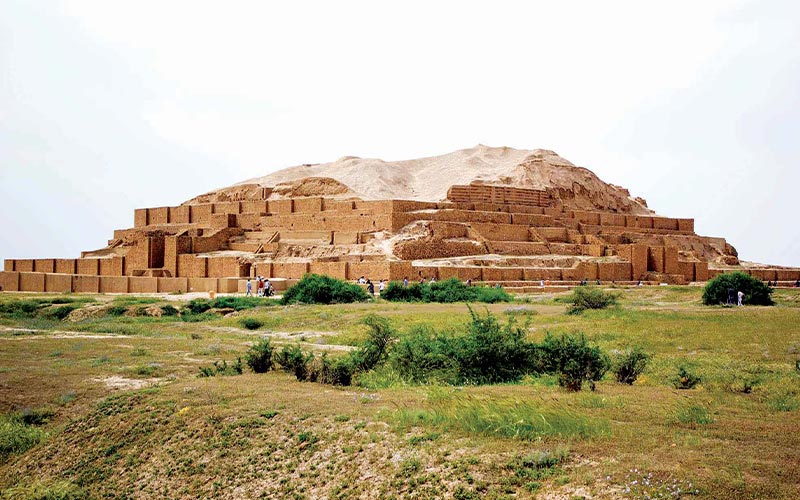
The Choqa Zanbil Ziggurat is located in the Khuzestan province of southwestern Iran, near the city of Shush (also known as Susa). The ziggurat was built in the ancient city of Dur Untash, which was the capital of the Elamite civilization.
The site is open to visitors every day except for religious holidays, and the hours of operation vary depending on the season. It's recommended to check the hours of operation before planning your visit.
When visiting the Choqa Zanbil Ziggurat, it's important to dress appropriately for the weather and for the religious significance of the site. This means covering your head, arms, and legs, and avoiding tight or revealing clothing. It's also important to bring plenty of water and sunscreen, as the site can be quite hot and exposed to the sun.
Visitors should also be prepared for a fair amount of walking, as the ziggurat is located in a large archaeological site with multiple temples and structures to explore. It's a good idea to wear comfortable shoes and bring a hat or umbrella for shade.
Finally, visitors should be respectful of the site's historical and religious significance. This means refraining from loud or disruptive behavior, avoiding climbing on the ziggurat or other structures, and refraining from taking photos of people without their permission.
When is the Best Time to Visit Choqa Zanbil Ziggurat?
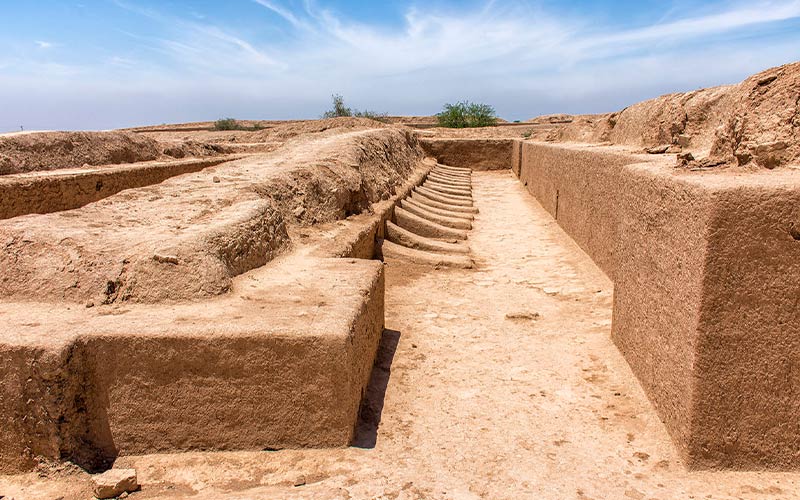
The best time to visit Choqa Zanbil Ziggurat is during the spring (March to May) and fall (September to November) seasons when the weather is mild and comfortable. During these times, the temperature is typically between 15°C to 25°C (59°F to 77°F), which is ideal for exploring the site. Additionally, visiting during the offseason (winter) can also be a good option as the crowds are smaller, and the ticket prices are lower. However, it is important to note that the weather during the winter months (December to February) can be quite cold and rainy, so visitors should be prepared with appropriate clothing.
How to Get to Choqa Zanbil Ziggurat?
To get to Choqa Zanbil Ziggurat, visitors can take a taxi or private car from the nearby city of Susa, which is located approximately 45 kilometers (28 miles) to the east. Susa is easily accessible by bus or train from major cities such as Tehran, Isfahan, and Shiraz.
Alternatively, visitors can also hire a guide or join a tour group that includes transportation to Choqa Zanbil Ziggurat as part of their itinerary.
It is important to note that the site is located in a remote area, and there are no public transportation options available directly to the ziggurat.
Where to Stay for Visiting Choqa Zanbil Ziggurat?
The nearest city to Choqa Zanbil Ziggurat is Susa, where visitors can find a range of accommodation options such as hotels, guesthouses, and apartments. Some popular options include the Hotel Shush, the Hotel Apadana, and the Hotel Nakhlestān.
Another option is to stay in the nearby city of Ahvaz, which is located approximately 150 kilometers (93 miles) to the southwest. Ahvaz is a larger city with more accommodation options and is also a good base for exploring other attractions in the region.
It is recommended to book accommodation in advance, especially during peak travel seasons, to ensure availability and get the best rates.
Bottom Line
The Choqa Zanbil Ziggurat is a remarkable feat of ancient architecture and engineering, and it played an important role in the religious, political, and economic systems of the Elamite civilization. It continues to be an important cultural and historical site, recognized as a UNESCO World Heritage Site and attracting visitors from around the world.
The Choqa Zanbil Ziggurat is not only a testament to the skill and ingenuity of the Elamite civilization but also a valuable resource for historians and archaeologists seeking to understand the history of the region. The ziggurat provides a glimpse into the religious and cultural practices of the Elamites, as well as their political and economic systems.
Visiting the Choqa Zanbil Ziggurat is a unique and rewarding experience, and it offers visitors the chance to learn more about the fascinating history and culture of the Elamites. Whether you're a history buff, an architecture enthusiast, or simply interested in learning more about ancient civilizations, the Choqa Zanbil Ziggurat is a must-see destination.


Comment
Leave a Comment